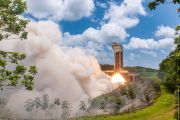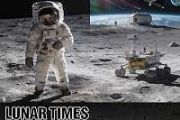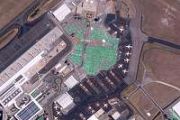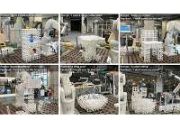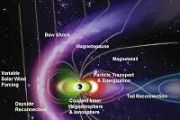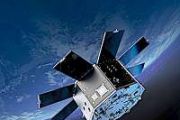
Copernical Team
Around the bed in 60 days
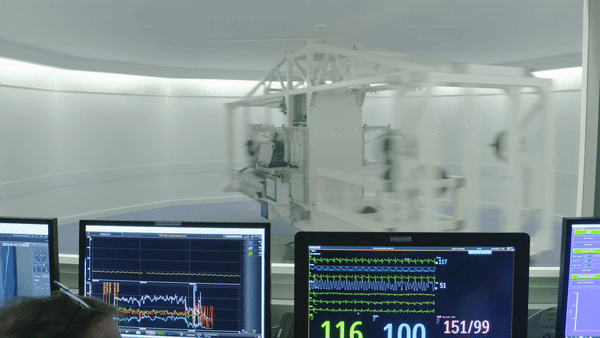
Lying in bed for a full 60 days – with one shoulder always touching the mattress – might sound like bliss, but add cycling, spinning and constant medical tests to the equation and it becomes a challenging experience for the sake of human space exploration.
ESA receives Space for Climate Protection Award
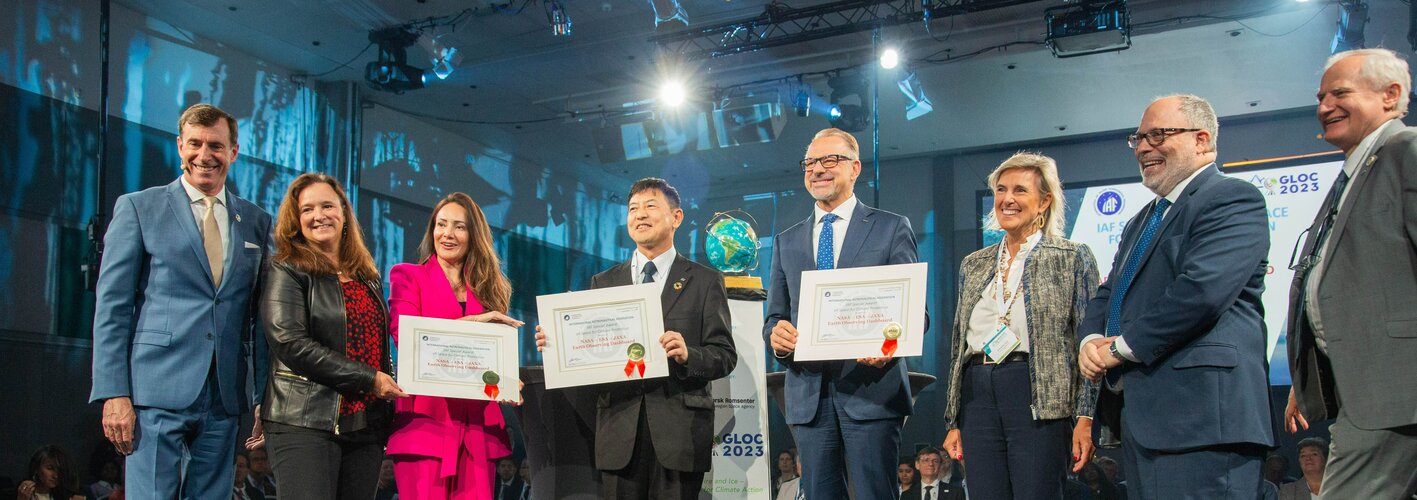
ESA has been presented the ‘Space for Climate Protection’ Special Award by the International Astronautical Federation during the Global Space Conference on Climate Change – currently taking place in Oslo, Norway.
Space station welcomes 2 Saudi visitors, including kingdom's 1st female astronaut
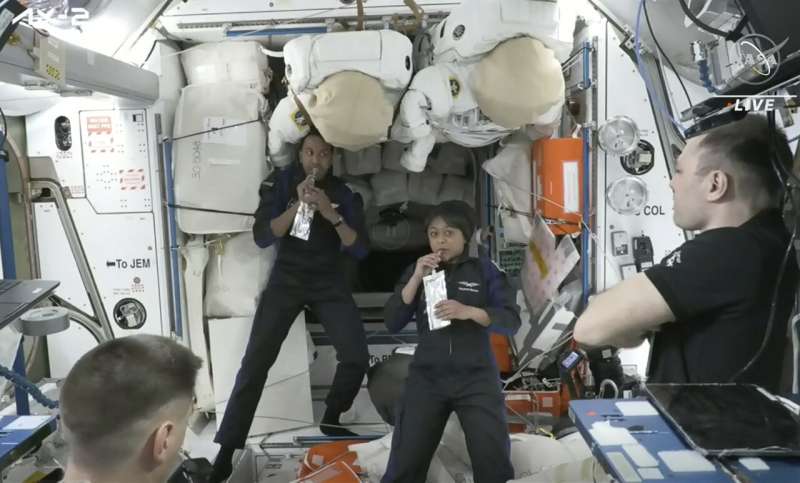
The International Space Station rolled out the welcome mat Monday for two Saudi visitors, including the kingdom's first female astronaut.
Watch now: Global Space Conference on Climate Change
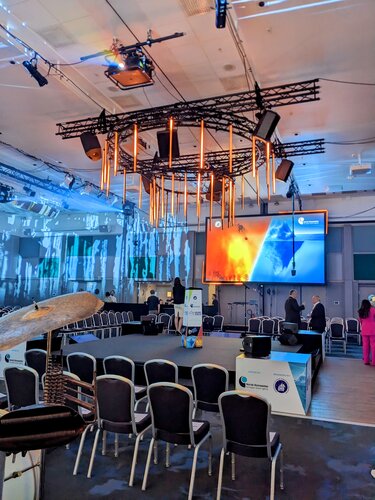
Watch now: Global Space Conference on Climate Change
Annual global ice loss simulated over Oslo
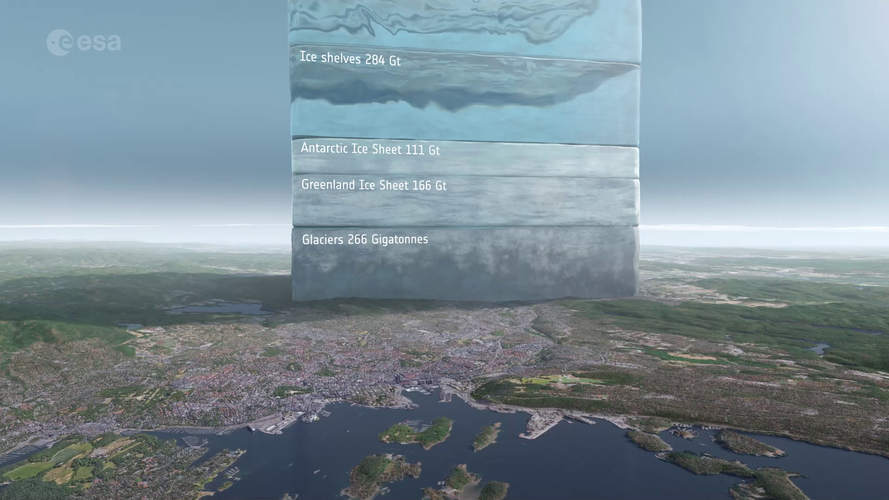 Video:
00:01:20
Video:
00:01:20
Satellites play a vital role in monitoring the rapid changes taking place in the Arctic. Tracking ice lost from the world’s glaciers, ice sheets and frozen land shows that Earth is losing ice at an accelerating rate.
Using information from ESA’s ERS, Envisat and CryoSat satellites as well as the Copernicus Sentinel-1 and Sentinel-2 missions, research led by Tom Slater of the University of Leeds, found that the rate at which Earth has lost ice has increased markedly within the past three decades. Currently, more than a trillion tonnes of ice is lost each year.
To put this into
ISS welcomes its first Saudi astronauts, in private mission
 A SpaceX capsule carrying two Saudi astronauts docked with the International Space Station on Monday, as part of a private mission chartered by Axiom Space.
Rayyanah Barnawi, a scientist who became the first Saudi woman to go into space, and Ali Al-Qarni, a trained fighter pilot, are the first two people from their country to fly to the orbital outpost.
"Greetings from outer space, I'm h
A SpaceX capsule carrying two Saudi astronauts docked with the International Space Station on Monday, as part of a private mission chartered by Axiom Space.
Rayyanah Barnawi, a scientist who became the first Saudi woman to go into space, and Ali Al-Qarni, a trained fighter pilot, are the first two people from their country to fly to the orbital outpost.
"Greetings from outer space, I'm h As a Black astronaut sets his sights on the moon, he feels the weight of injustice on Earth
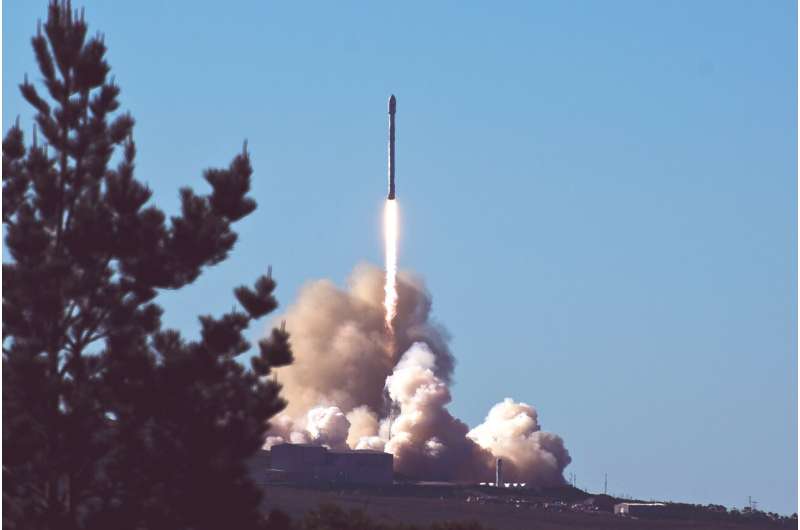
NASA astronaut Victor Glover Jr. will travel farther into space than any Black person before him when he pilots the Artemis II lunar mission in 2024.
But he's already embarked on a personal mission that hits closer to home on Earth.
He wants to take his fellow Americans to school and guide them deep into the nation's psyche, to help them reflect on the paradox of a nation that has a track record of oppressing Black people sending him on a trailblazing trip around the moon.
Because of that legacy of racism, Glover says it's his duty to impress upon people that his voyage will represent more than a scientific triumph.
During a conversation over Zoom about the beauty of space flight and the contradictions of American life, the 47-year-old Pomona, California, native says he recommends to audiences at his public speeches and his co-workers at NASA a choice set of reading, listening and viewing materials.
He starts with the U.S. Constitution, whose words resound with the false promise of equality that has led to so much racial upheaval.
Axiom's private mission inches commercial space station dreams closer to reality
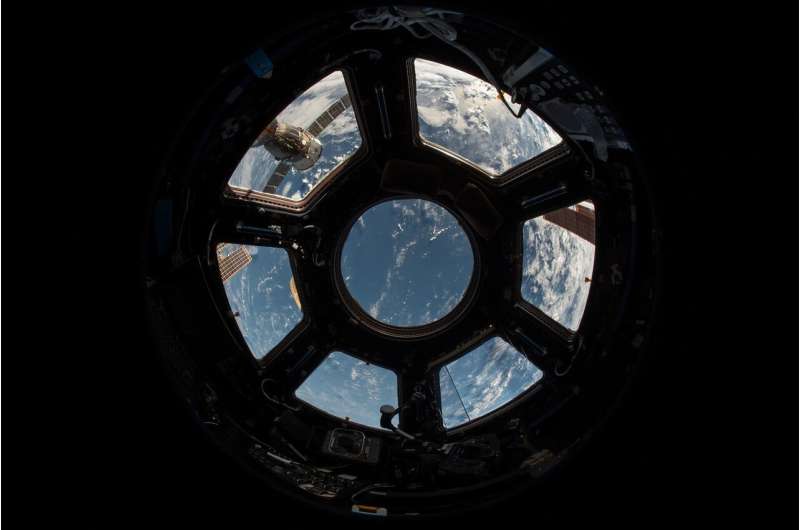
Axiom Space made history in 2022 with the first all-private mission to the International Space Station. The company is ready to do it again, but with more focus on its endgame: having its own commercial space station in what could potentially be a crowded playing field in low-Earth orbit.
"The goals of these missions, which we sometimes call precursor missions, are to build up first the Axiom internal operations capability—the tools, the processes—to train flight controllers that are going to be required down the line to operate our Axiom Station in the future," said Axiom Space's Derek Hassmann, chief of mission integration and operations.
The Axiom Mission 2 (Ax-2) flight is slated to send a crew of four to the International Space Station inside SpaceX's Crew Dragon Freedom atop a Falcon 9 rocket from Kennedy Space Center's Launch Pad 39-A.
Liftoff is targeted for Sunday at 5:37 p.m. with a lone backup opportunity on Monday at 5:14 p.m.
Space Launch Delta 45's weather squadron forecasts only a 60% chance for good conditions with worse weather predicted for Monday.
Huginn Mission - The Space Messenger
 Video:
00:03:54
Video:
00:03:54
The name of Andreas’s second mission to the Space Station is ‘Huginn’. Inspired by Norse mythology, the name is taken from one of two ravens who serve the god Odin. Called Huginn and Muninn, these two birds sit on Odin’s shoulders and are sent flying across the world at dawn. They return at night to inform him of the many events they have seen and heard. In Old Norse, ‘Huginn’ means ‘thought’ and ‘Muninn’ means ‘mind’ or ‘memory’.
ESA astronaut Andreas Mogensen is going on his first long-duration mission to the International Space Station. Andreas will be the
Euclid mission page card link

Euclid: exploring the dark Universe
Euclid: exploring the dark Universe












